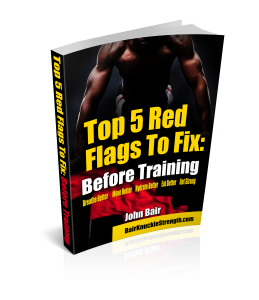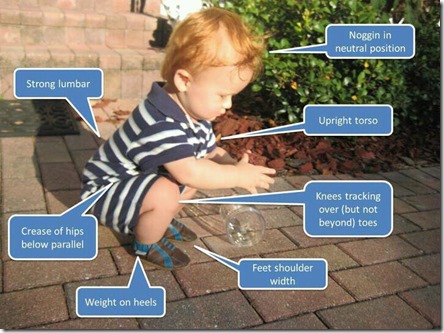Snatch
The Snatch is the Tsar of Kettlebell lifts as Pavel has said, because it demands qualities above the standard kettlebell training and Does Not accept excuses. It is not to be played with, as some amateurish attempt to show off how experienced you aren’t. You will lose.
The Snatch requires proper breathing, rooting into the ground, shoulder girdle mobility and stability, grip endurance, proper hinging mechanics, rotary stability through the spine and core plus a reason to do it! If you are Snatching just because your friend said it’s good, you will end up eating it. It will not feel anything like you expected – you will be rendered useless and the Snatch, left a mess in the corner.
To make it feel good, a foundation has to be built to even attempt the Snatch. A heavy dose of Swings, Turkish Getups, Cleans, Squats and Presses are necessary. It doesn’t take kindly to rookies acting like they know what buttons to push and you may not get another chance to crack the Snatch with any tool, Kettlebell or otherwise.
I’m not in the habit of chasing less than quality Snatch. It must be smooth from the bottom up and tasteful from the top down . A bad Snatch is forever putrid, while a good Snatch is always preferable for safety reasons.
I have yet to find a Perfect Snatch, but that doesn’t stop me from looking. If I never find one, I know I will always have practiced with a safe Snatch. I wish you the same, Enjoy!
The Snatch can leave you breathless and quivering in minutes. The Foundation for capturing the most intense, jaw dropping and satisfying Snatch, can be Read Here, Here, Here, Here and Here first! Be ready for your first experience.
My good friend Pat Flynn just released an Article about: How to Freshen up Your Snatch. Pat is an exceptional writer who likes the Snatch too. The main point is, you must use your equipment wisely if you want a Fresh Snatch –Check it out Here
Standard Form
- All of the points that apply to the swing, minus the requirement to keep a straight arm and the kettlebell float
- Swing the KB off the ground between your legs and snatch it overhead in one uninterrupted motion to a straight-arm lockout
- Catch the KB ‘quietly’ without banging forearm or jarring your elbow and shoulder
- At the lockout, the arm must be level with the head or behind the head, the neck neutral and the lower back not hyper extended
- Maintain the fixation for a second with the arm and legs straight and the feet and body stationary
- Actively lower the KB between your legs in one loose uninterrupted motion close to the body without touching the chest or the shoulder and re-snatch
- Be explosive and practice the biomechanical breathing match
Progressions
- All Points Apply from the Swing, First.
- Lockout
- Snatch
- Drop
- Switching Hands
- Sparing the Calluses
A few notes:
- Do Not Over grip the kettlebell. Instead think of your fingers as hooking onto the kettlebell, keeping your wrist straight.
- You do not raise the kettlebell with your arms, you use the hips to power it up. The arms just pass the forces generated from the hips, think punch at the top.
- Keep a Big Chest – I should be able to read your shirt throughout the movement, even at the bottom.
- Push your Hips back as if closing the car door with your butt
- Fast & Loose Relaxation Drills – Shake your arms and legs vigorously, as if trying to shake off water and belly breathe in between sets, to bring Heart Rate down
- There are more: Check Back Later, Again be smart and send me a question if you’re not sure: John@BairKnuckleStrength.com
Beginner’s Programming:
- Do 1 Repetition well, and then the next, etc.
- Practice a little at a time and do more when it feels appropriate, you will know.
- Do Not Rush, Do Not get ‘Tired or Fatigued’ – Just get Better at the movement.
- A few reps here and there or for a 10-15 minute session, with rest in between, sets of no more than 10 at a time to keep power output good. That’s what burns the calories.
- A good goal is to work a bell that’s appropriate for you, get to 100 snatches in 5 min or so and then if it feels good, go heavier and back to 40 reps. Work back to 100 etc…
- Focus on generating the most power per snatch, not the most snatches with the least power.
- Use an appropriate weight.
- And eat clean, like meat, veggies and fruits….and tell me how you feel below in the comments section 🙂
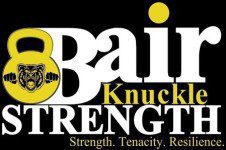
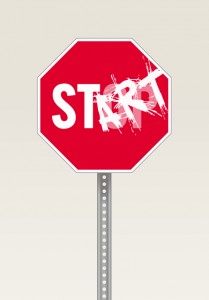
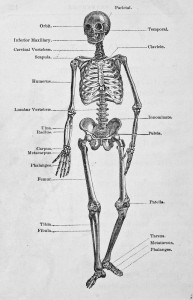

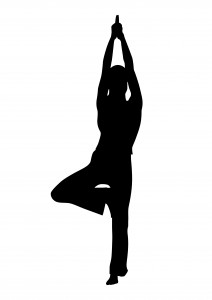
 You don’t need all kinds of crazy intense stuff, especially if I lay you on your back, have you stick your legs straight up in the air and you can’t even hold them there because you’re legs cramp and abs shut down. Proper exercise should mimic you’re goal and keep you healthy in the process, so you can go do the thing that you’re training for!
You don’t need all kinds of crazy intense stuff, especially if I lay you on your back, have you stick your legs straight up in the air and you can’t even hold them there because you’re legs cramp and abs shut down. Proper exercise should mimic you’re goal and keep you healthy in the process, so you can go do the thing that you’re training for!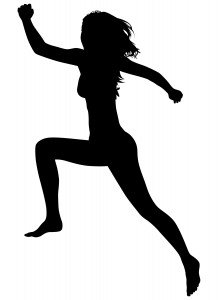 If it’s to run a 5k, you’ve got to move well, transfer the force of pounding the pavement and have the strength to do it. If it’s to lose 10lbs, your muscles have fire properly in a sequence, producing enough stress to force the system to burn the fat. Want to have joints that don’t ache and play with your grand kids? Maybe even Dancing with the Love your life in the pale moon light? Then breathing and moving well, with the strength to enjoy those experiences, may be all you need. Take the time to find out Point A and every decision you’ll make just became exponentially easier because every choice will either move you closer, or further from your Point B.
If it’s to run a 5k, you’ve got to move well, transfer the force of pounding the pavement and have the strength to do it. If it’s to lose 10lbs, your muscles have fire properly in a sequence, producing enough stress to force the system to burn the fat. Want to have joints that don’t ache and play with your grand kids? Maybe even Dancing with the Love your life in the pale moon light? Then breathing and moving well, with the strength to enjoy those experiences, may be all you need. Take the time to find out Point A and every decision you’ll make just became exponentially easier because every choice will either move you closer, or further from your Point B.